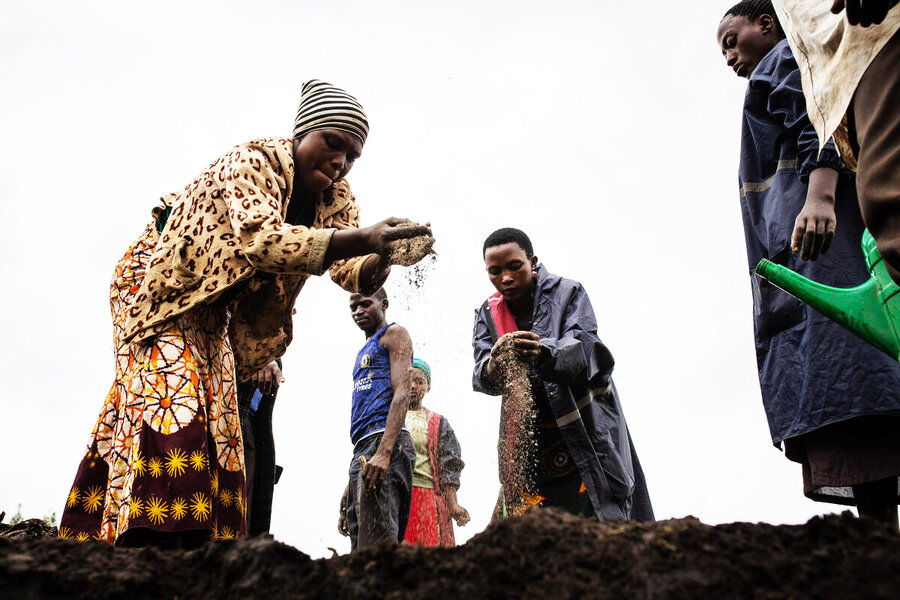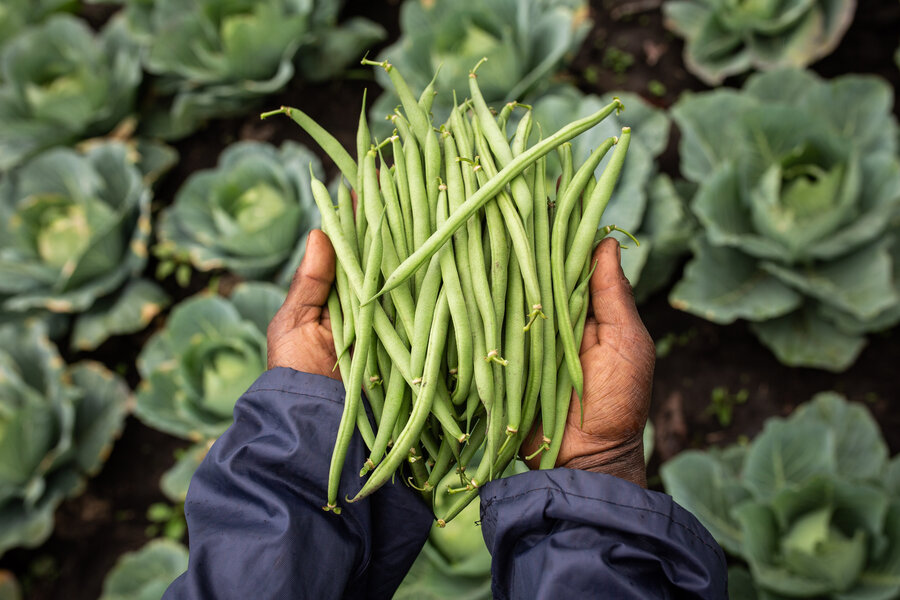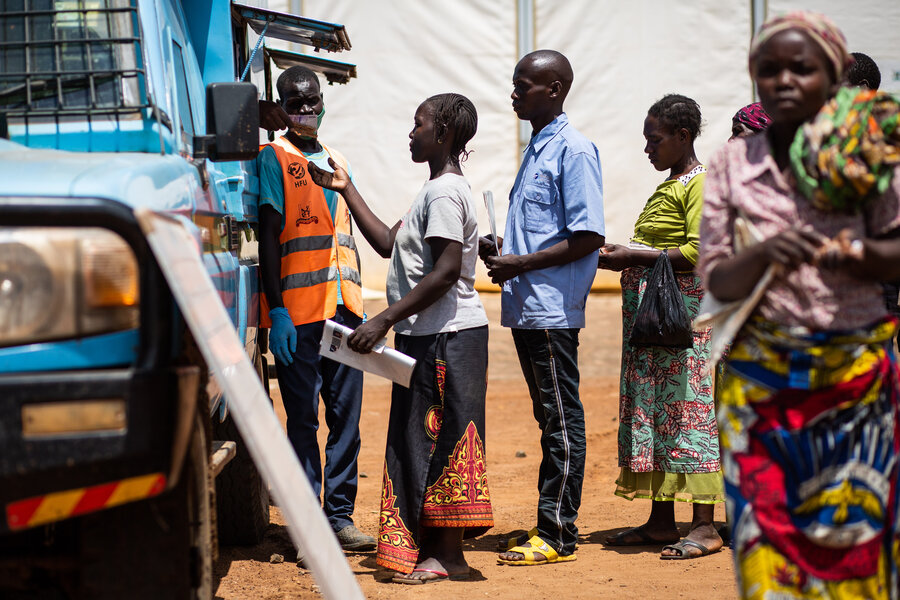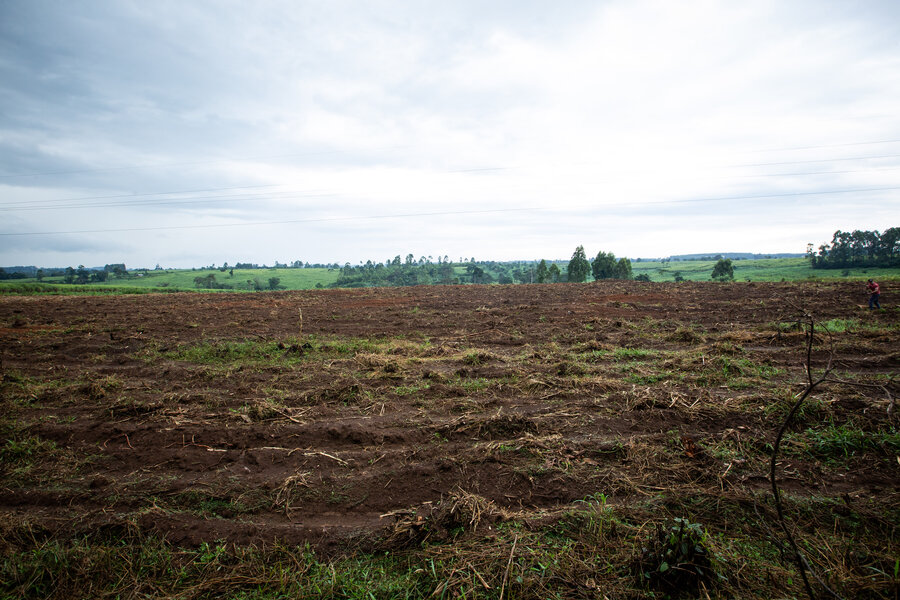
To drive into a refugee settlement in Uganda is to drive into hope. Refugee houses stand proudly alongside those of host communities - a testament to what happens when you invest in a refugee response, providing displaced people a degree of security amid crises.
The World Food Programme reaches 1.4 million, out of the 1.5 million, refugees in Uganda with food assistance and livelihood interventions, Yet our funding is at a historical low.
WFP targets refugees across all 13 refugee settlements and neighbouring host communities in Uganda in what is our most under-resourced response in Eastern Africa.
A sustainable refugee response anchors on people who open their hearts, homes and country to the most vulnerable. In Uganda, which has the highest refugee population in Africa, people fleeing conflict and climate crises find a place where they can heal and rebuild their lives.

Its refugee policy is much lauded for being inclusive and progressive, yet increasing crises have led to dwindling resources.
In line with international commitments such as those laid down in the Kampala Convention to address root causes of displacement - including climate impacts - and to provide refugees with the support they need to survive crises and build self-reliance, a refugee response will be sustainable only if there is a focus on climate adaptation.
That is, it must prepare refugees and host communities to conserve the environment and adapt to changing climate contexts. We must invest in renewable energy to ensure refugees have access to clean fuel that preserves their health and the environment.
It is also important to sow and nurture the culture of tree planting to safeguard food systems while making sure refugees and host communities are included in decision-making processes that impact their environment and lives.

Take cleared acres of land, destruction of crops and livestock, the searing heat of the dry season, the unforgiving floods in rainy season - a direct result of climate change - and tensions that might lead to conflict between refugees and host communities are easily stoked.
In the Nakivale settlement, in the southwest of Uganda near the border with Tanzania, for example, extreme weather conditions affect people's livelihoods. In the dry season, the bare land is starved of trees to counter the heat from the harsh sunshine.
Plants die, food becomes expensive, and many go to bed hungry. In the wet season, rivers and swamps overflow into homes and gardens - causing destruction to houses, assets and crops, exacerbating diseases such as malaria.
Similar scenarios play out in Kyangwali refugee settlement, in the southwest's Hoima district where the great Bugoma forest is struggling to maintain a semblance of its old majesty as people encroach it for firewood, timber, and farming land. In the northwest, the already mostly rocky land is struggling with exhaustion from overcultivation.







